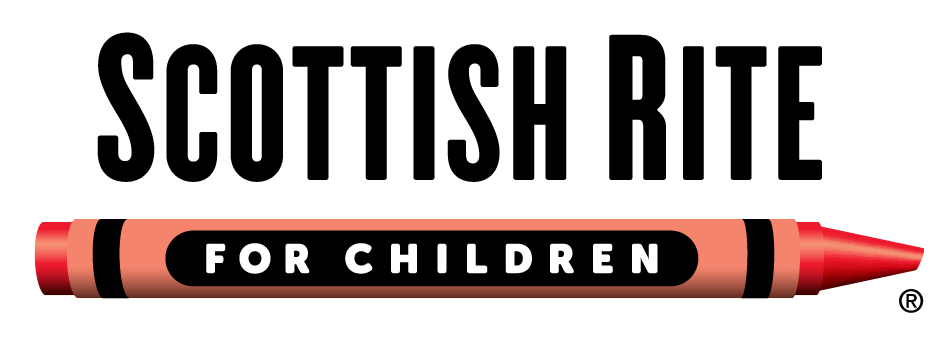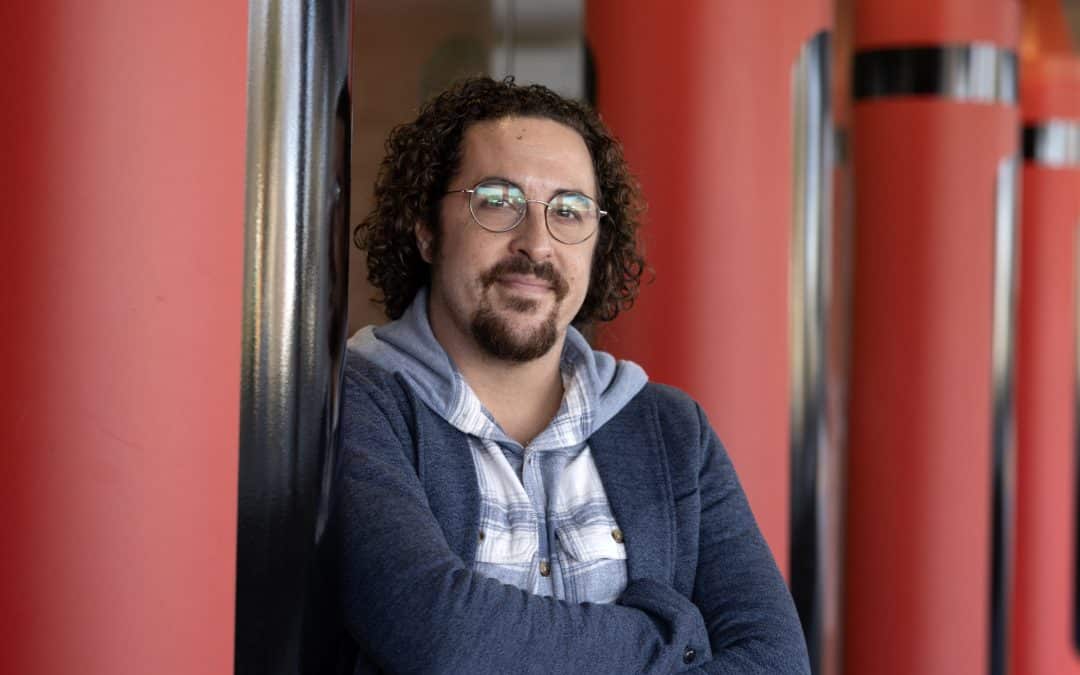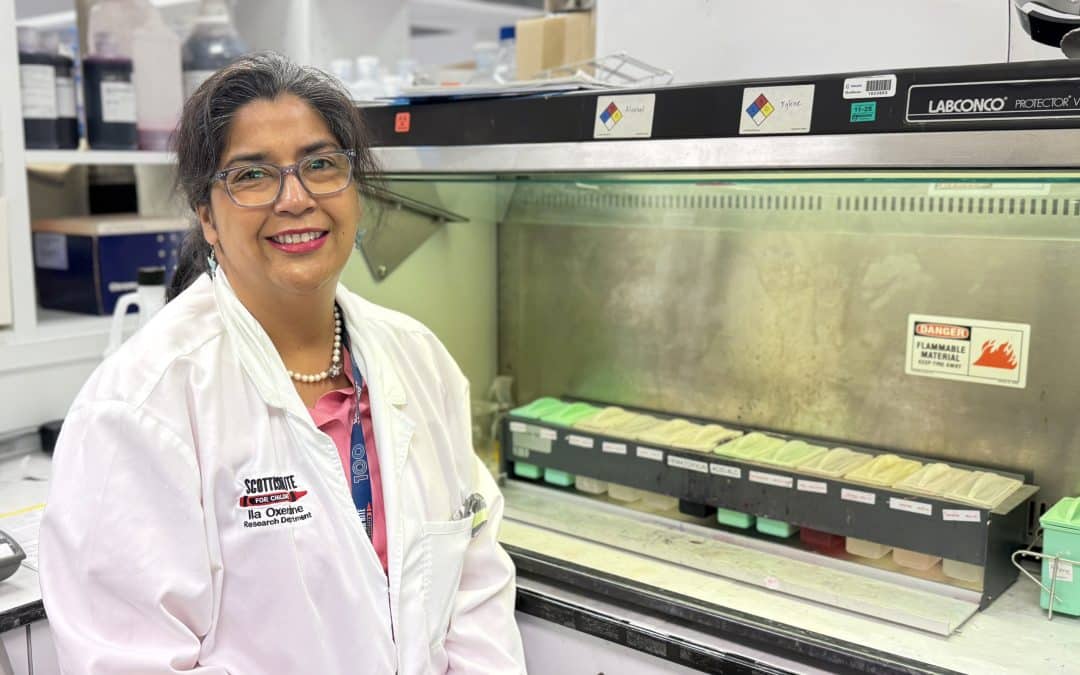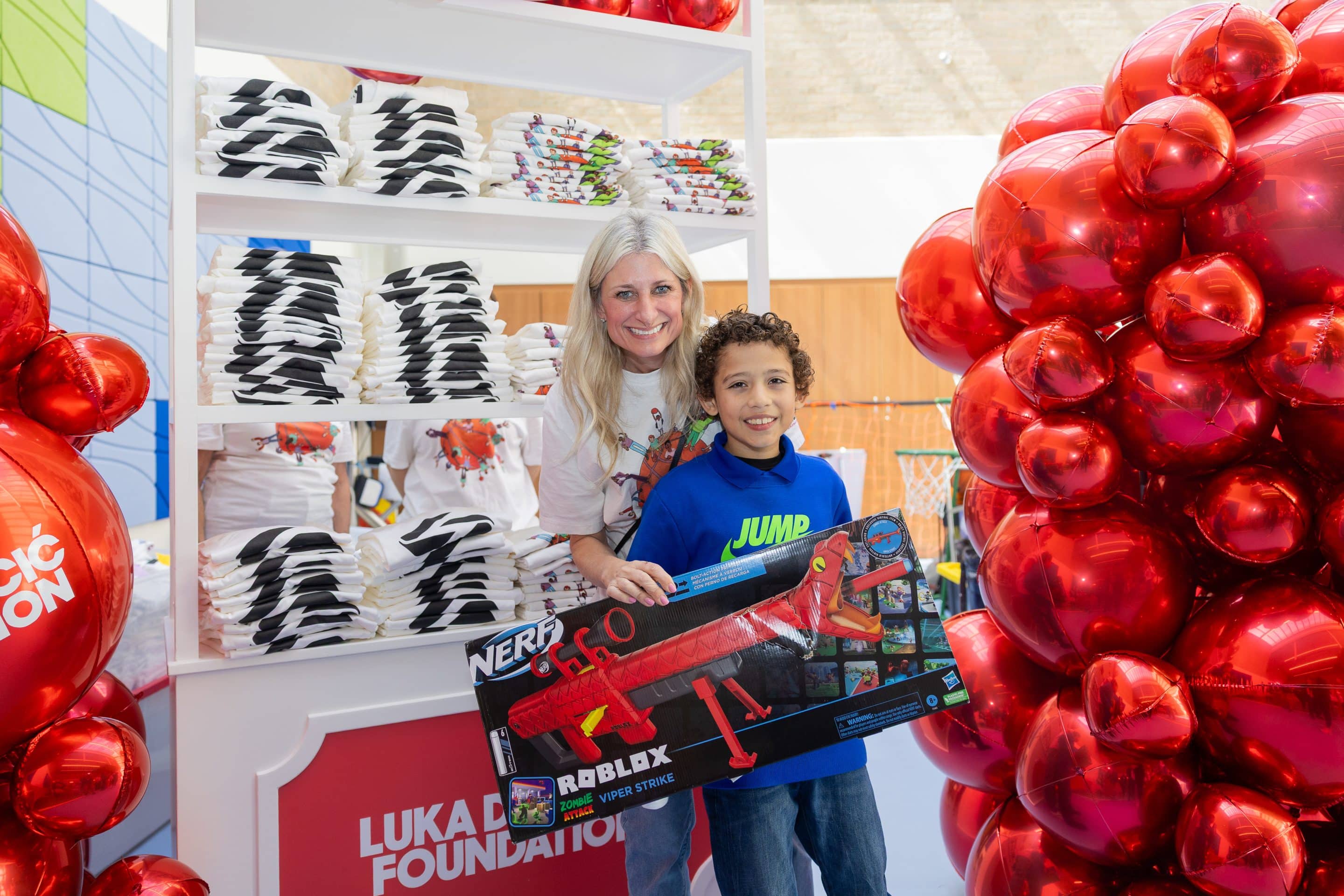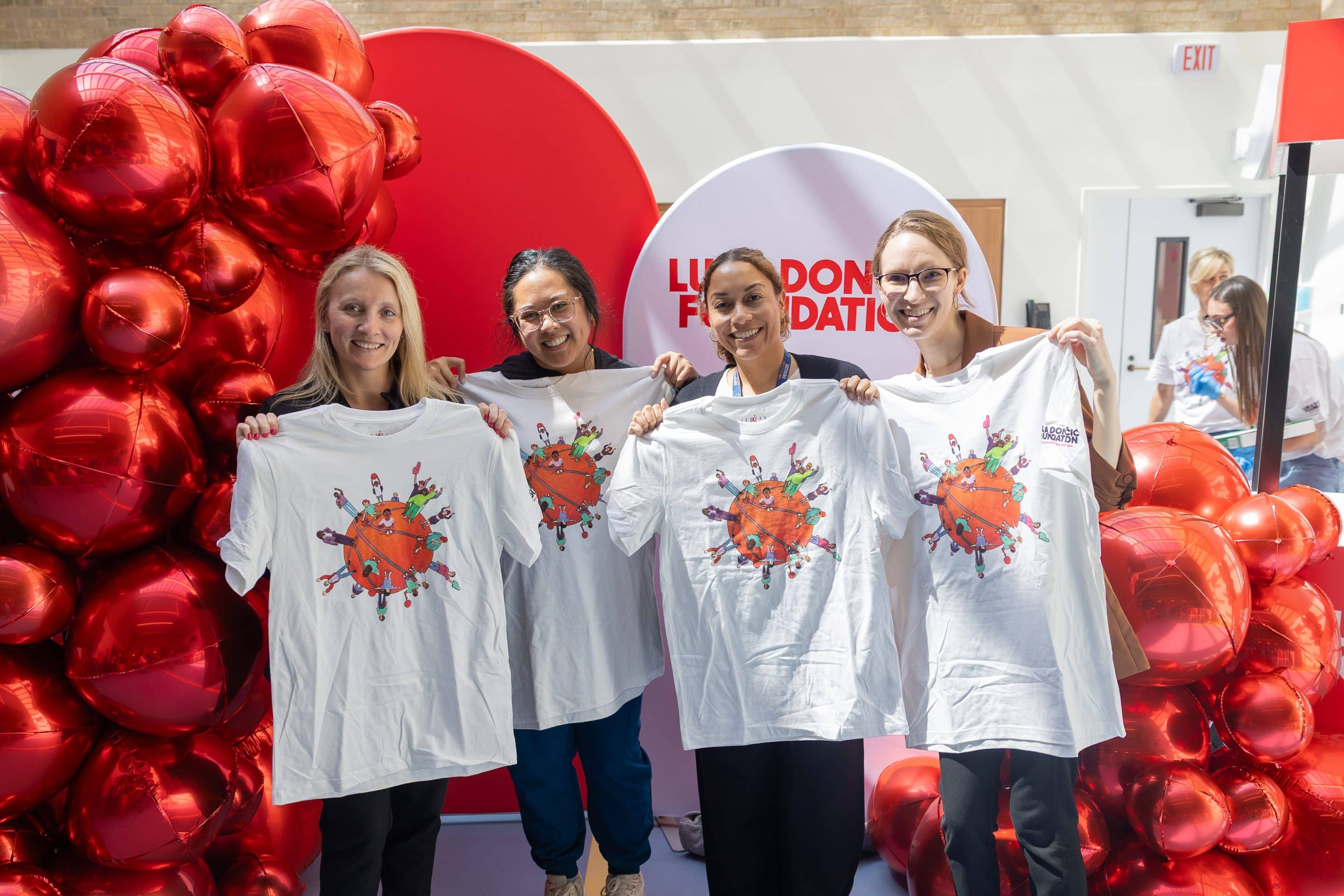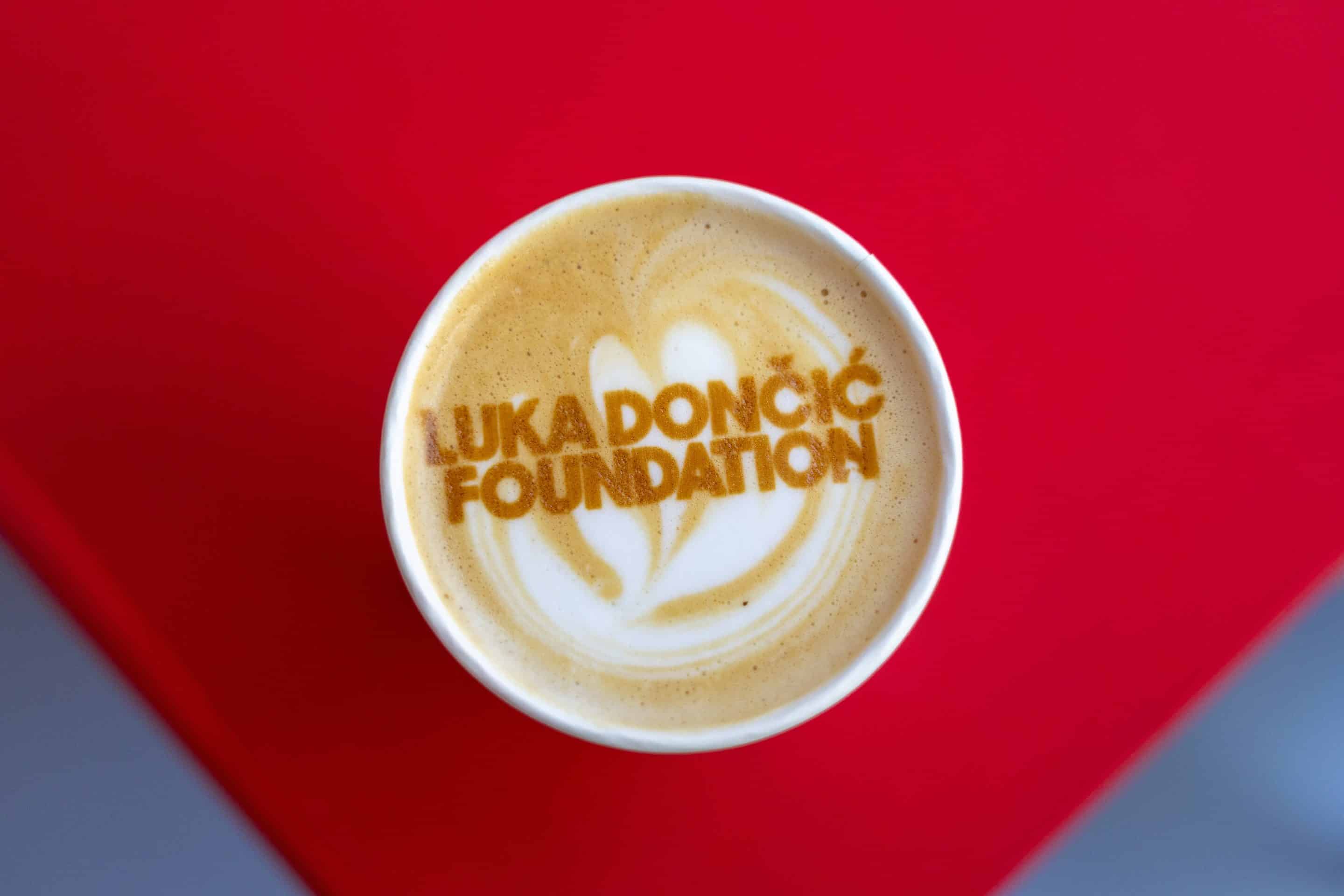
Get to Know Our Staff: Marida Williams, Psychology
What is your job title/your role at Scottish Rite?
I am a mental health navigator for the Psychology department. I assess patients’ mental health risk through consultations and interventions to provide families with resources for their children.
What is the most fulfilling part of your job?
I get to meet new patients and help them in their care journeys toward achieving mental health stability.
What makes Scottish Rite a special place to you?
I have made connections with the staff and physicians, which helps ensure that all patients receive quality care.
What made you choose a career in health care?
I have a passion for helping others, so it feels like health care naturally chose me.
What is something unique you get to do in your position?
Whenever a patient has mental health needs, I am the first person who connects with their family. Because of this, I get to set the tone for the level of care they will receive at Scottish Rite from the rest of the staff.
What’s your favorite thing to do outside of work?
I enjoy spending time with my family and friends. We create memories together that will last a lifetime.
Do you have any hidden talents?
I can sing.
Where are you from, and what brought you to DFW?
I am originally from Detroit, Michigan. The hotter weather and new experiences brought me to the DFW area.
If you could travel to anywhere in the world, where would you go and why?
I would choose to go to Ghana. I would love to experience the culture there and take my kiddos with me.
If you had to pick one meal to eat for the rest of your life, what would it be and why?
I choose salmon. I know how to prepare it a thousand different ways, and I would never get tired of eating it.
What movie do you think everyone should watch at least once?
I think people should watch “Inside Out” and “Inside Out 2” because those movies explain mental health in a great way.
What was the first concert you attended?
I saw Allen Stone in Chicago, Illinois in 2013.
Favorite DFW hidden gem?
The Peach Cobbler Factory in Richardson.
If you were to have a movie based on your life, which actress/actor would you choose to play your character?
Coco Jones
What is some advice you would give your younger self, OR what’s the best piece of advice you’ve received?
You should enjoy life to the fullest and make every moment count!
